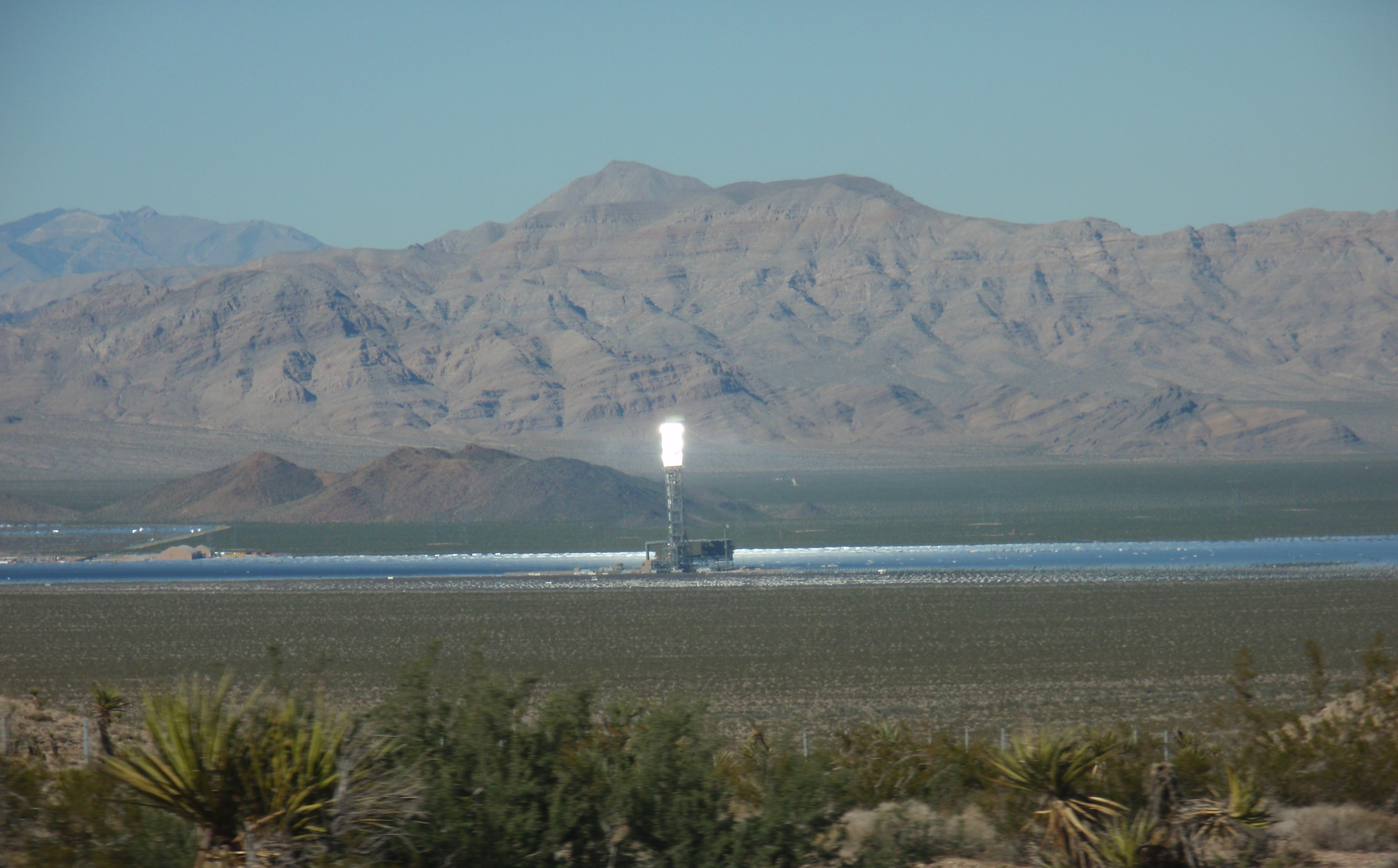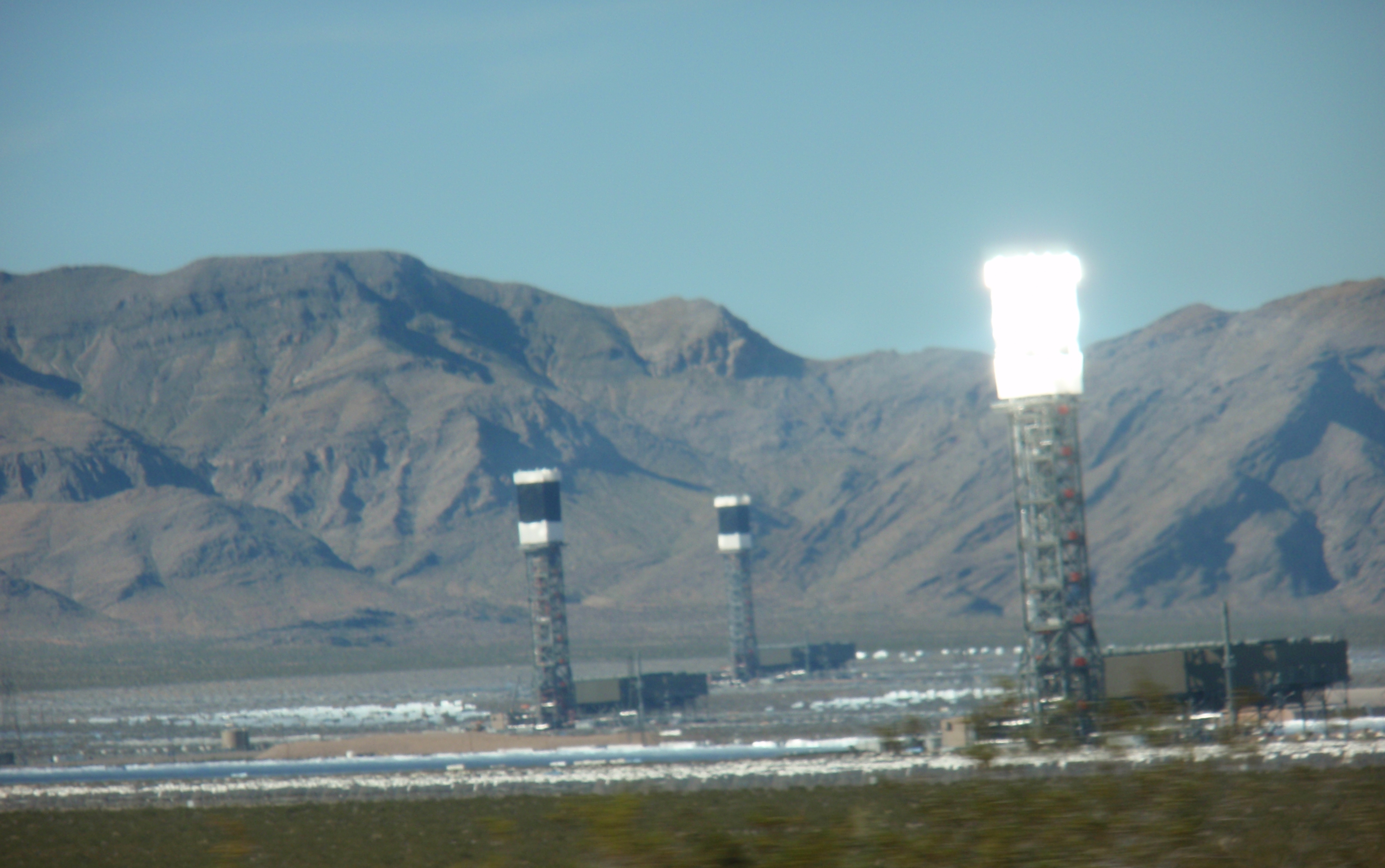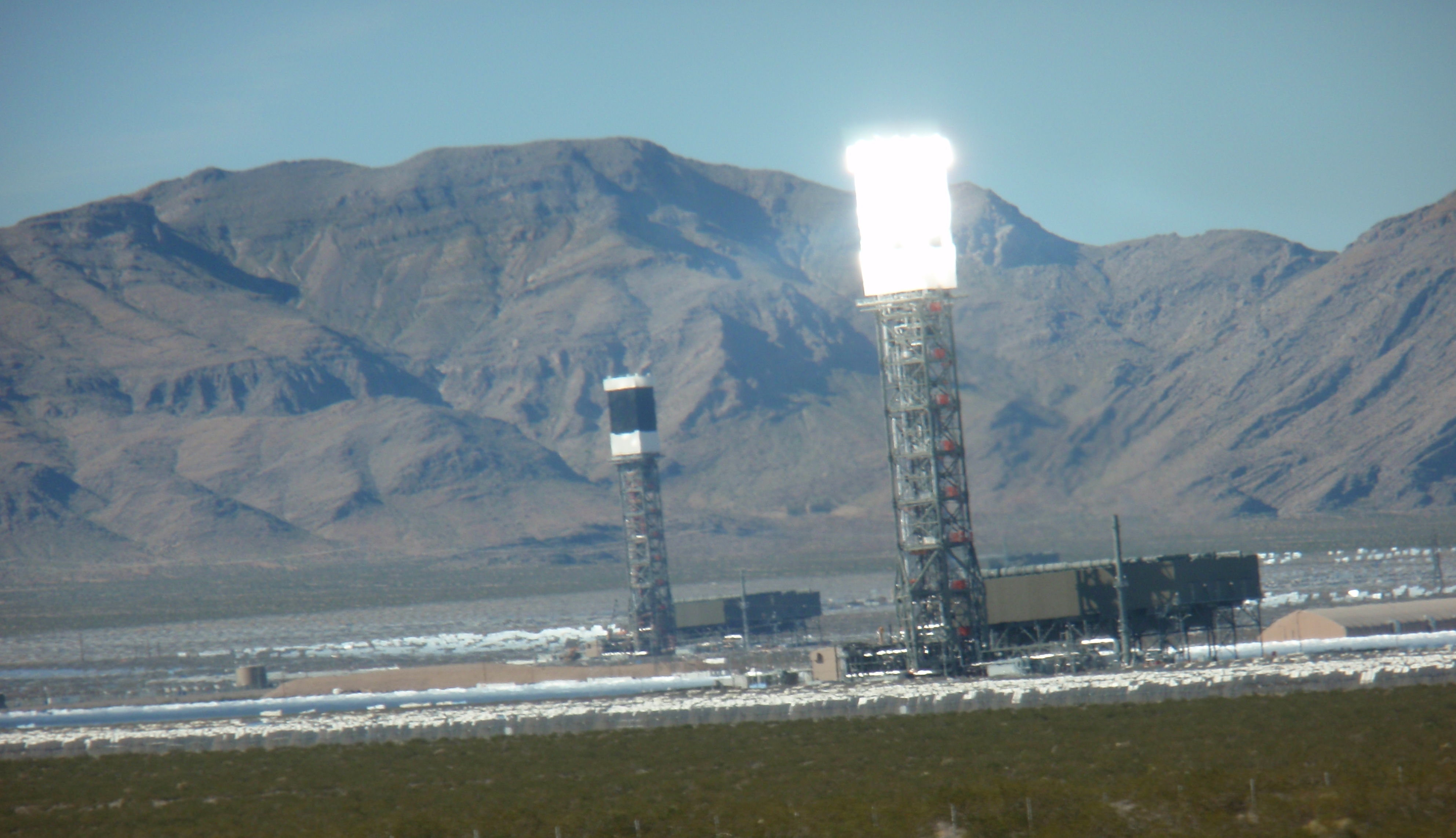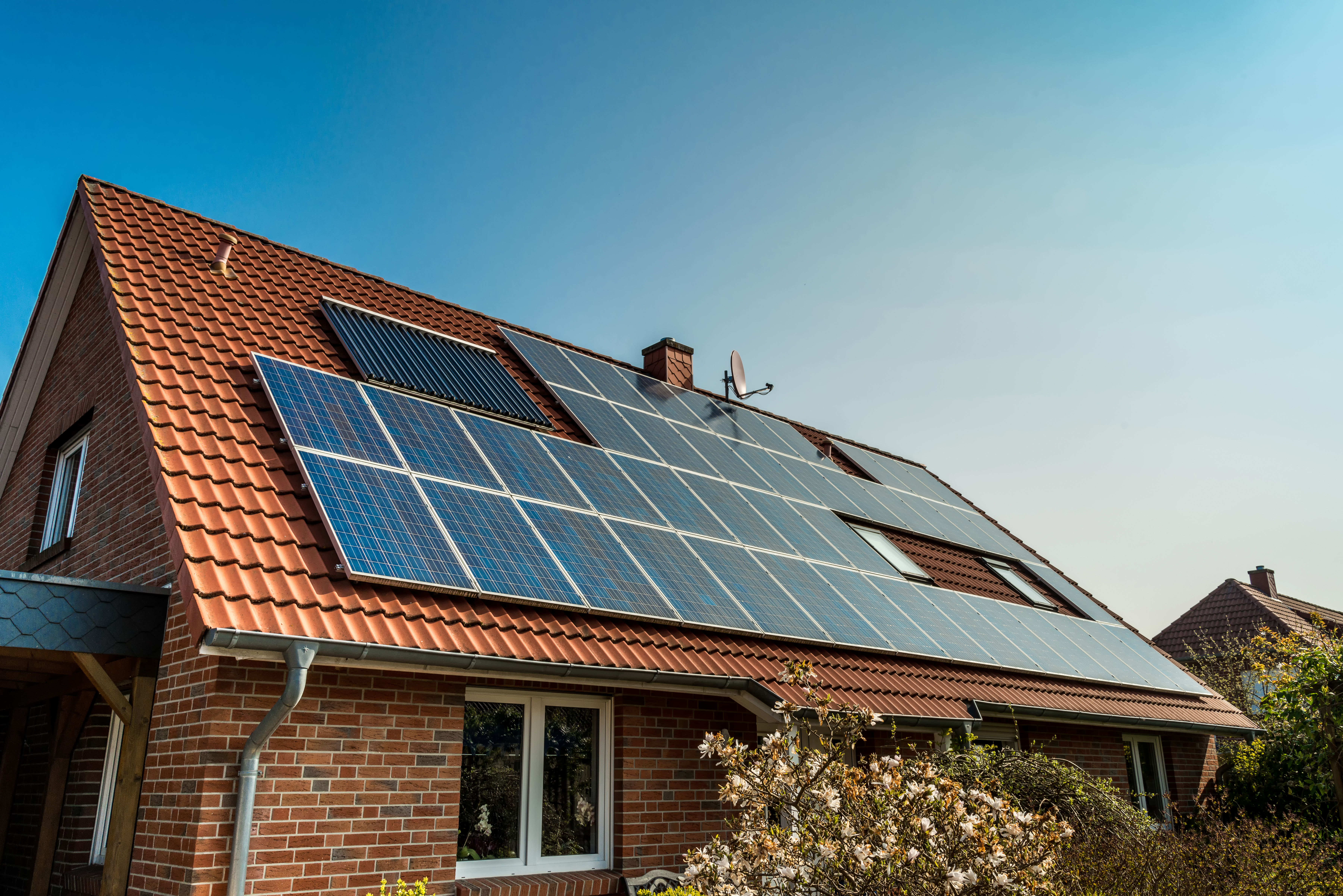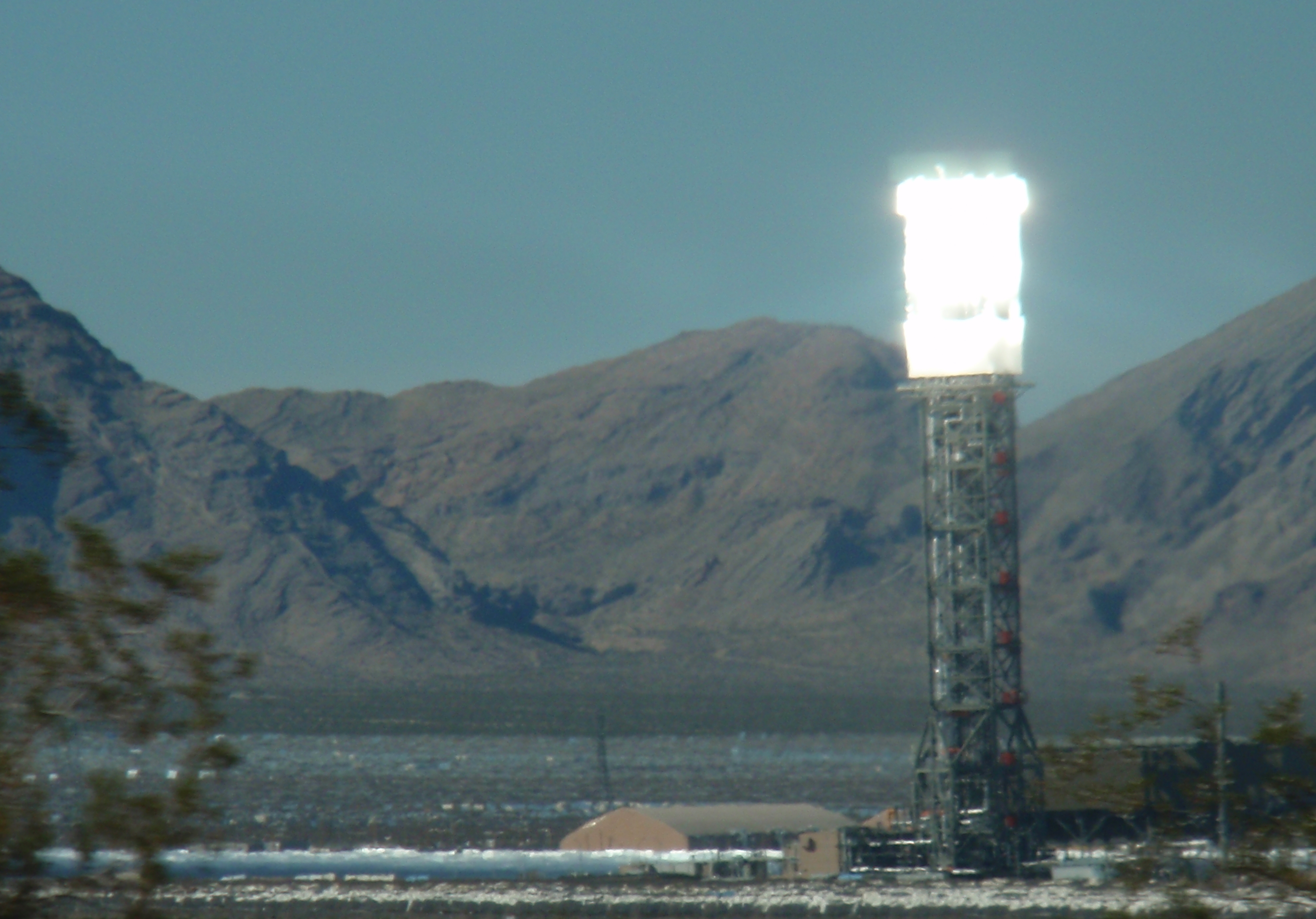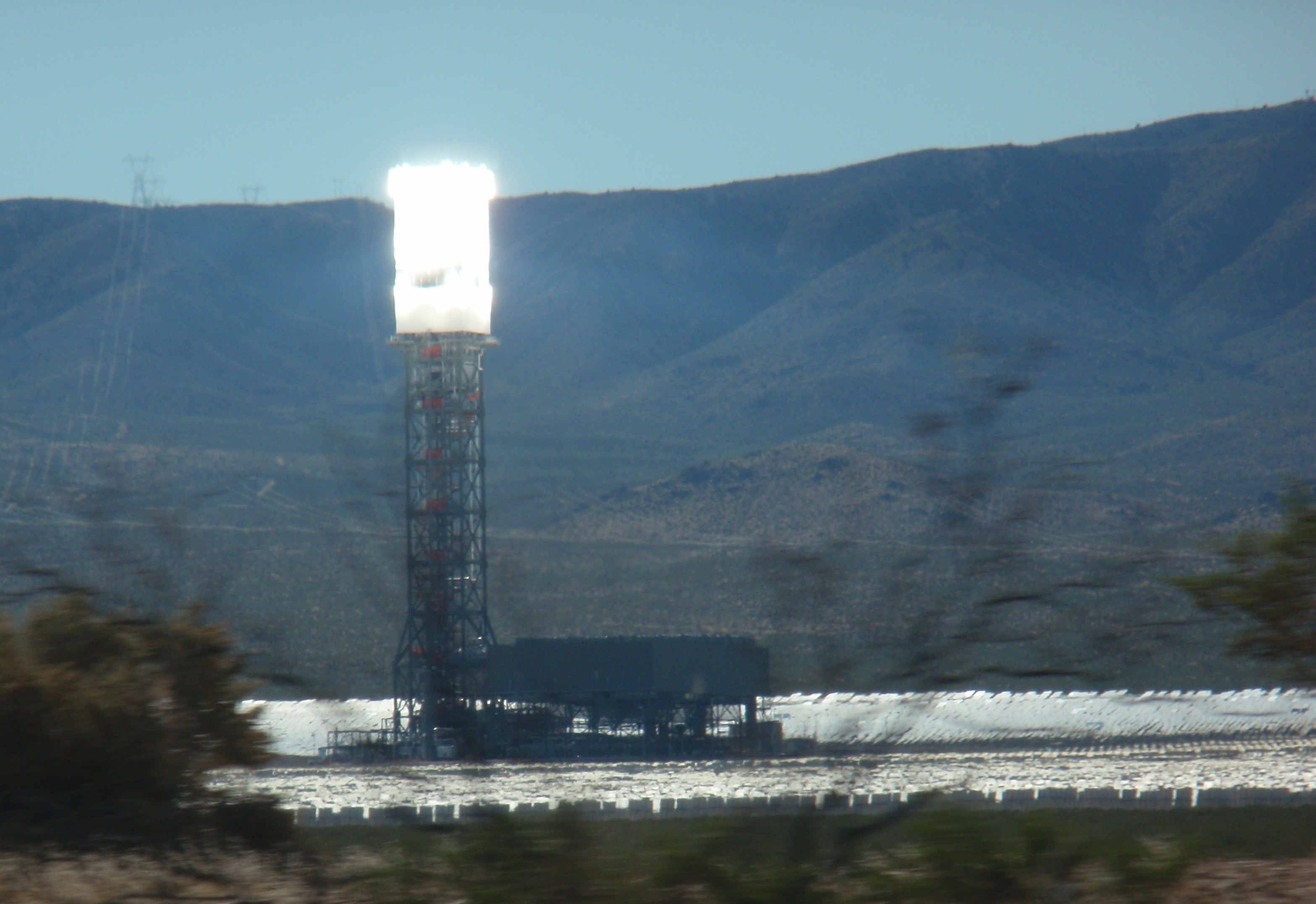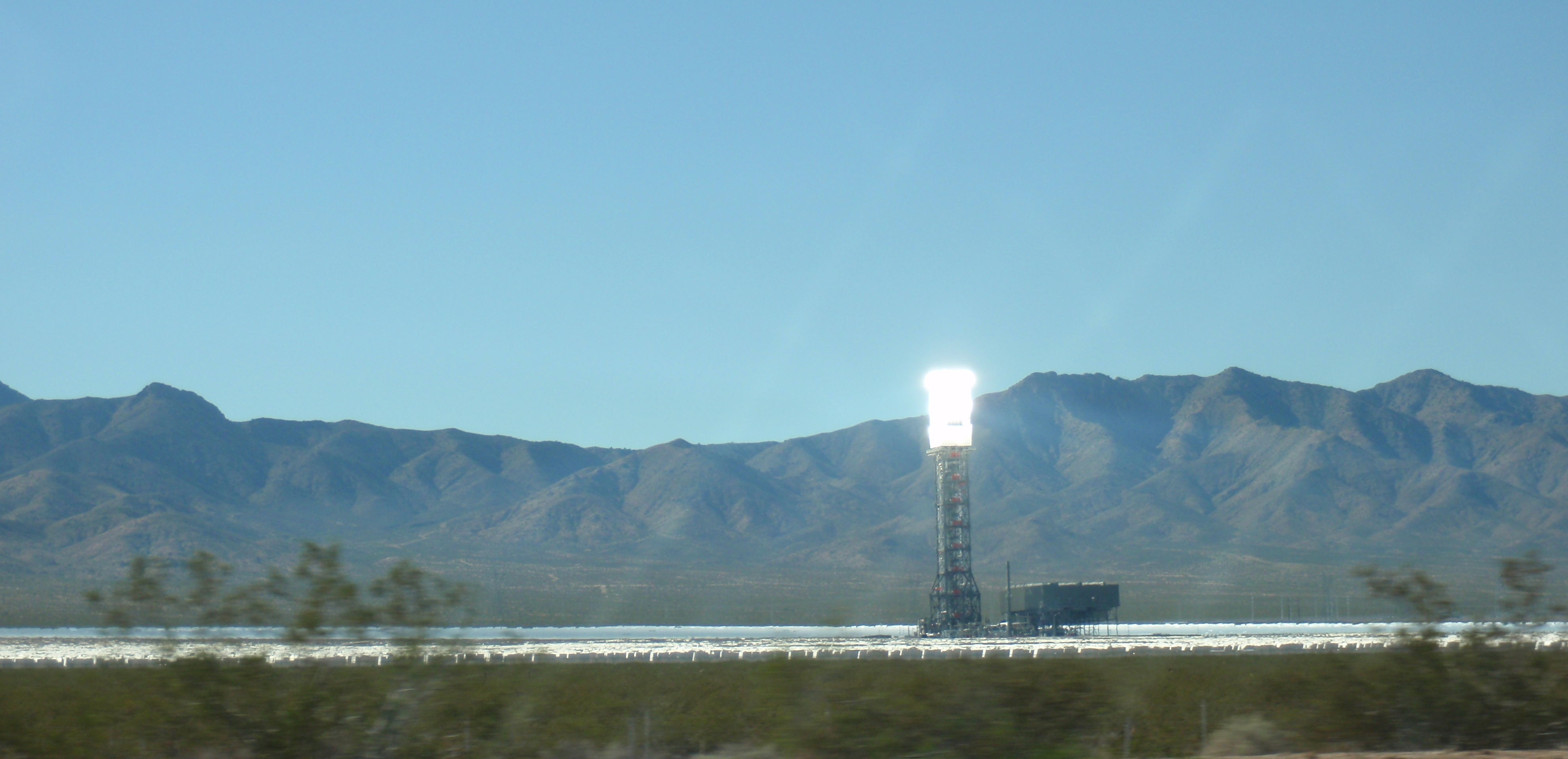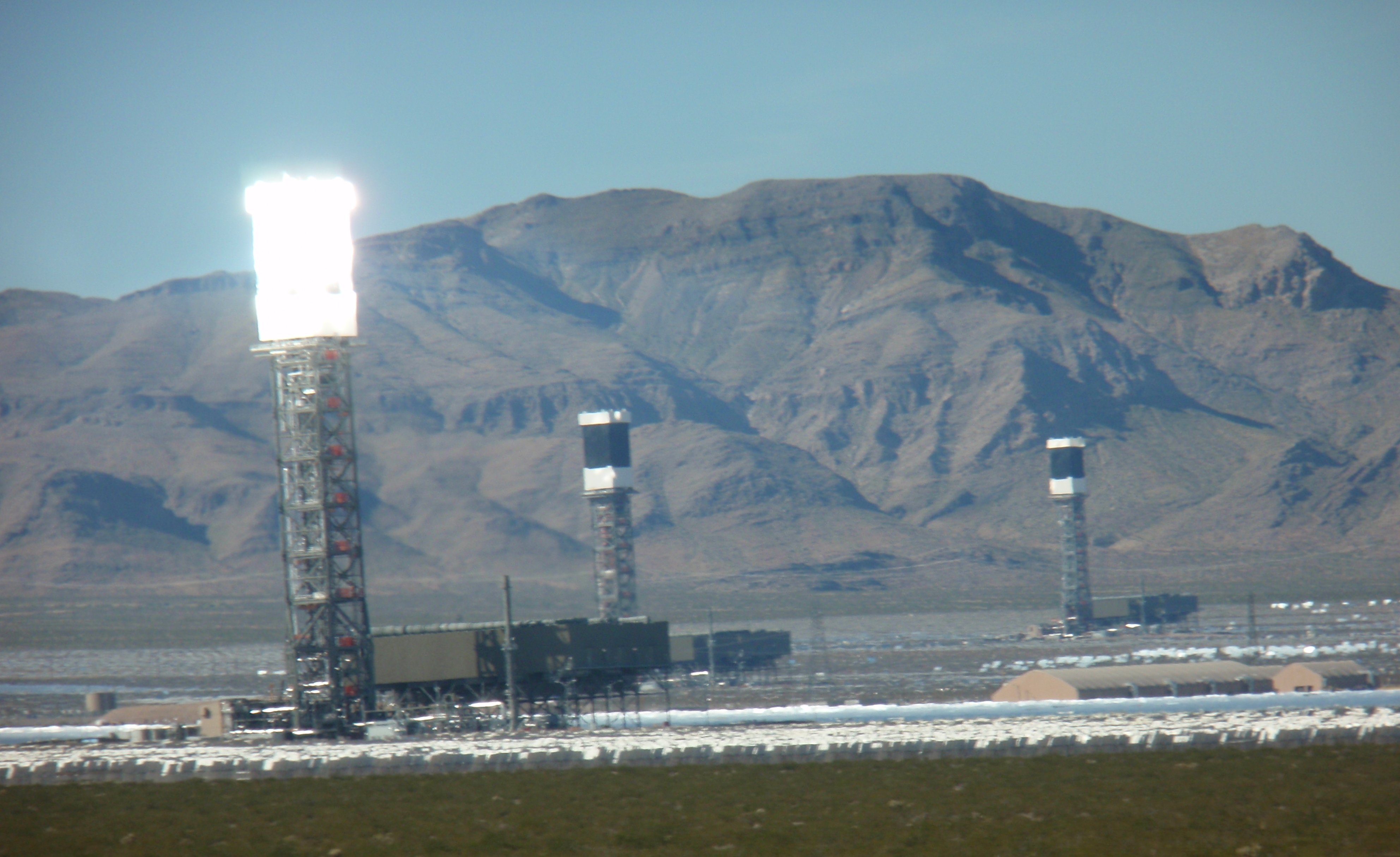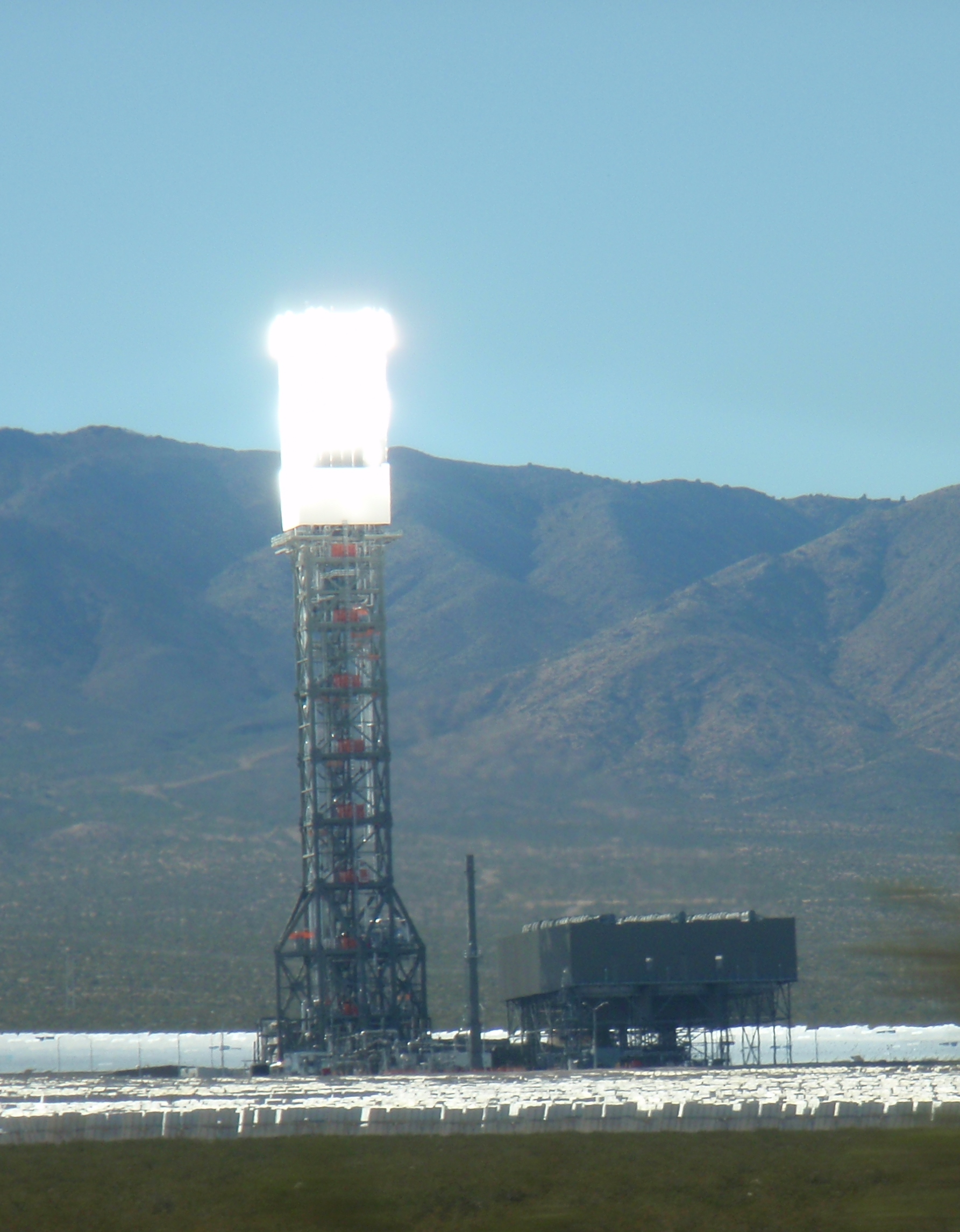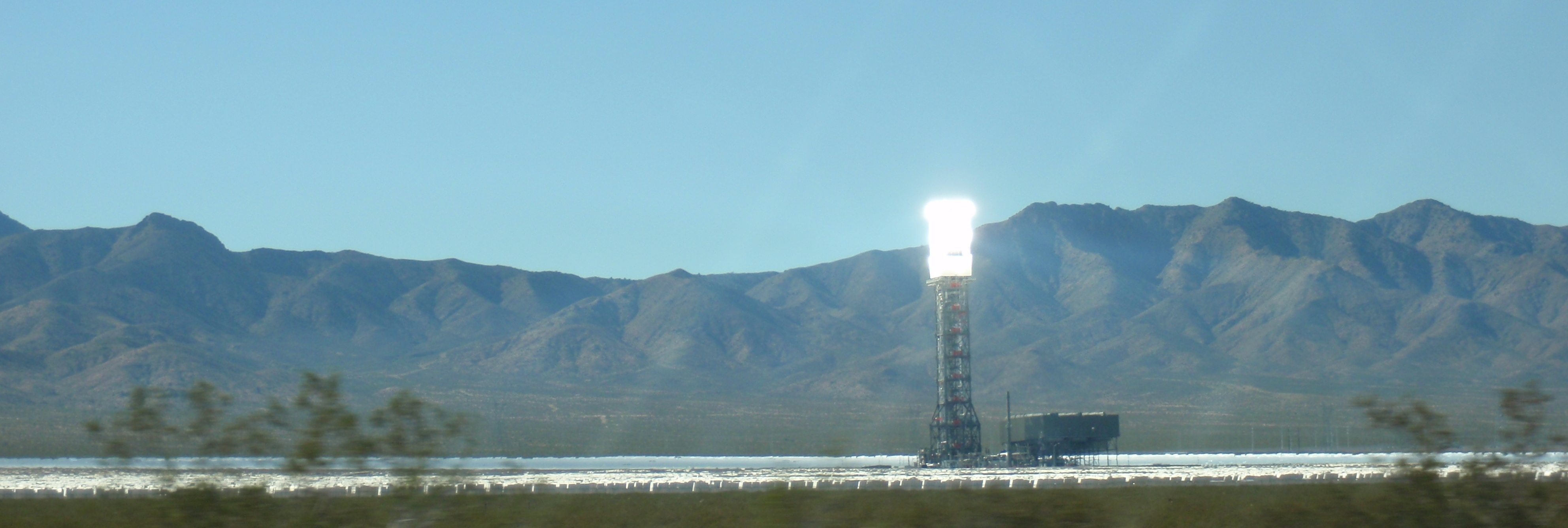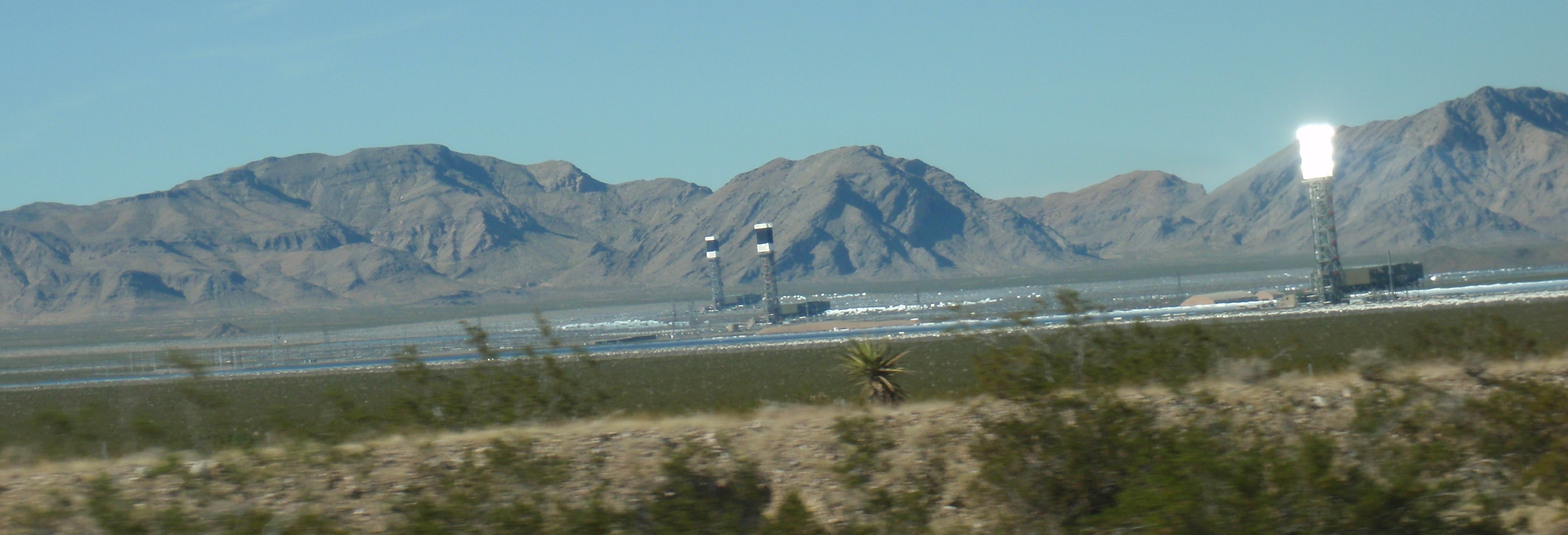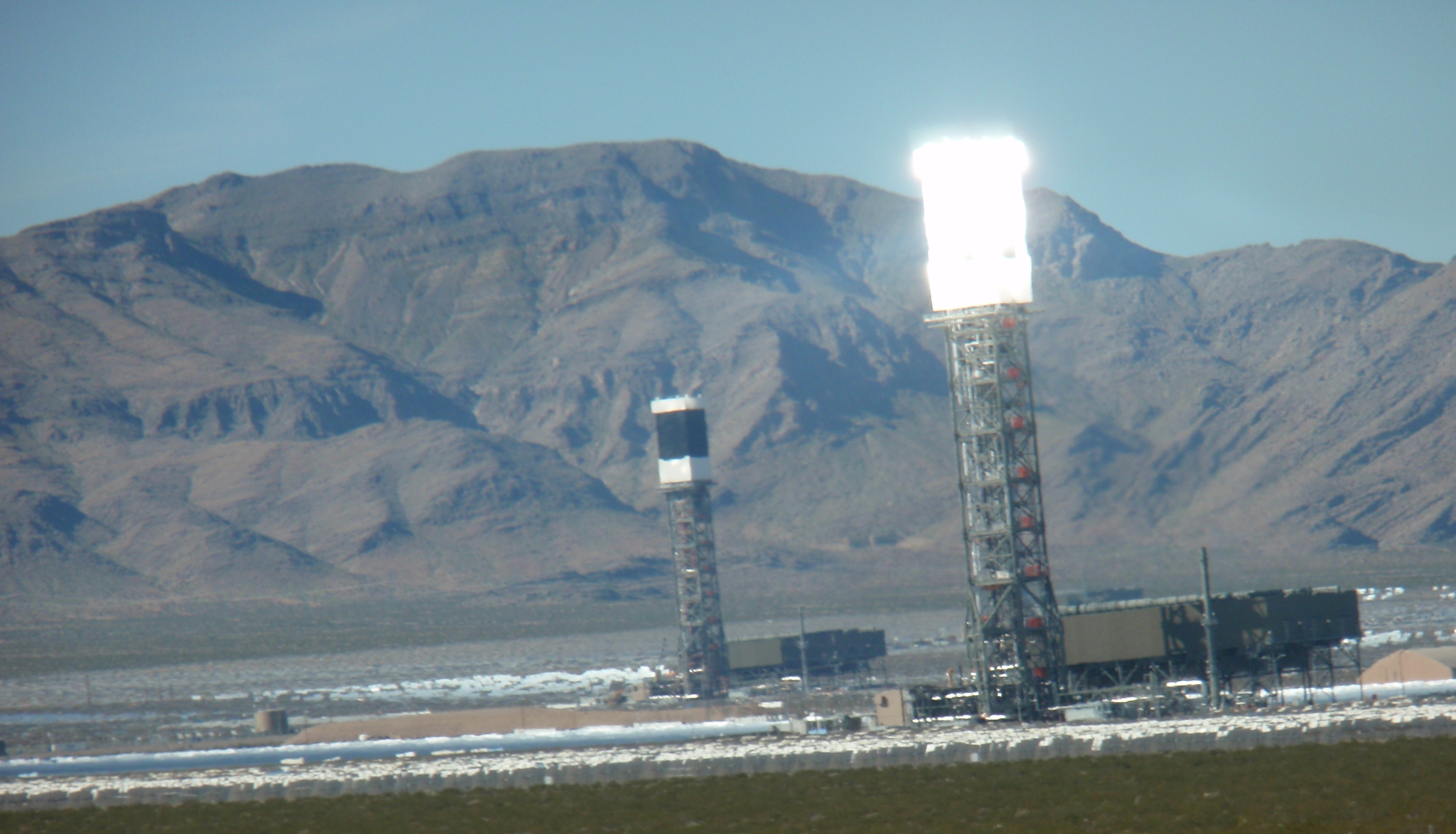
(Photo by James Ulvog)
(Update: this is actually solar #27. Oops.)
One of the entertainingly deceptive arguments defending the number of birds killed by wind turbines and solar farms is that cats kill far more birds every year.
Various reports suggest upwards of a billion birds nationwide are taken out by cats each year. The intentionally misleading argument is essentially that the tens of thousands or hundreds of thousands of birds taken out by renewable energy don’t count because outside cats are responsible for so much more damage in the avian world.
Funding spay & neuter clinics as mitigation for dead migratory birds
So that you don’t think I’m making this up, check out the AP’s Big Story report: Emerging Solar Plants Scorch Birds in Mid-Air.
This major AP report discusses the thousands of birds killed at the Ivanpah facility south of the Nevada-California border on the way to Las Vegas.
Over 300,000 heliostats focus sunlight on three towers 400 feet in the air. The temperature around the towers reportedly hits 700 degrees.
Nobody knows how many birds are killed by the towers and die on site. Current methodology for tallying those fatalities is seriously undercounting the number.
Nobody has the foggiest clue how many birds are mortally wounded and land outside the perimeter of the site since there is zero effort to count them.
Nobody understands the causality of why so many birds are dying.
Scroll down to the last six paragraphs of the article. Some key comments:
Biologists don’t know of any way to reduce the number of birds that get their wings toasted.
The project owner is offering to pay $1.8 million to compensate for the expected bird deaths. The net impact of that settlement would be issuing a kill-all-you-want permit that gets them off the hook for all future birds that die at the site.
The company is also offering to fund projects to spay and neuter domesticated cats.

(Photo by James Ulvog of a threat to pelicans and migratory ducks that is every bit as serious as a couple of heliostats in the desert. Also as much of a threat to the golden eagle and California condor populations as any wind turbine. Check out the vicious eyes, fangs, and claws of a deadly bird killer.)
Continue reading “Saving a few hundred sparrows doesn’t make up for killing a brown pelican. Solar #25”
